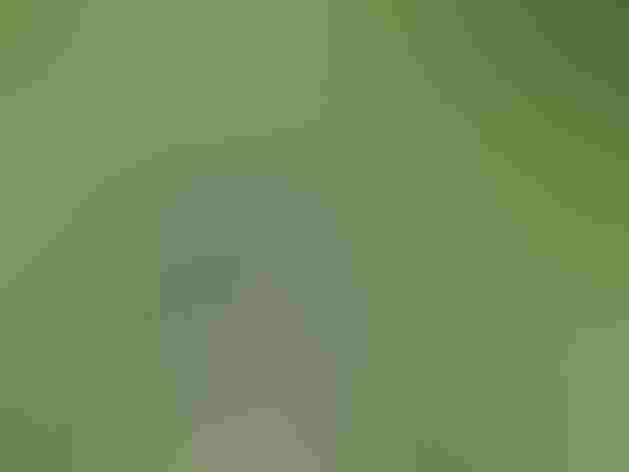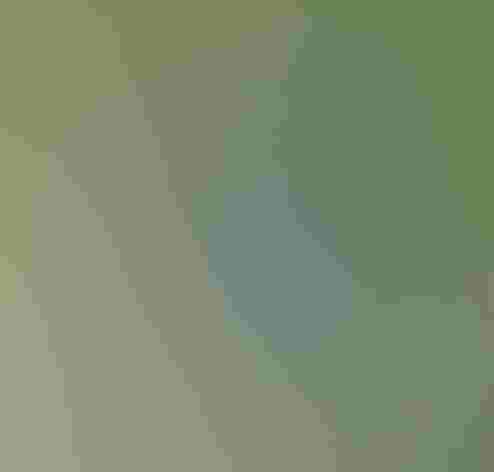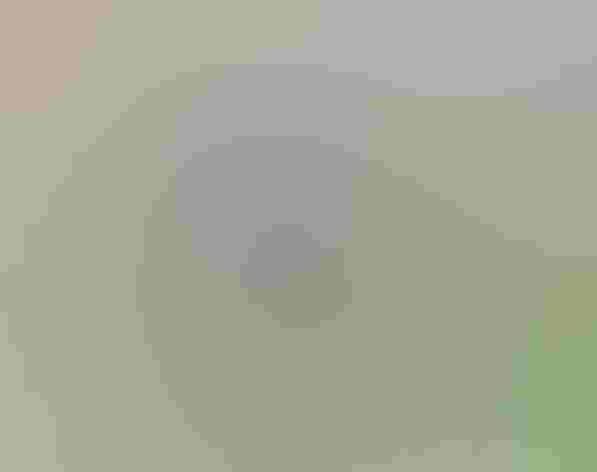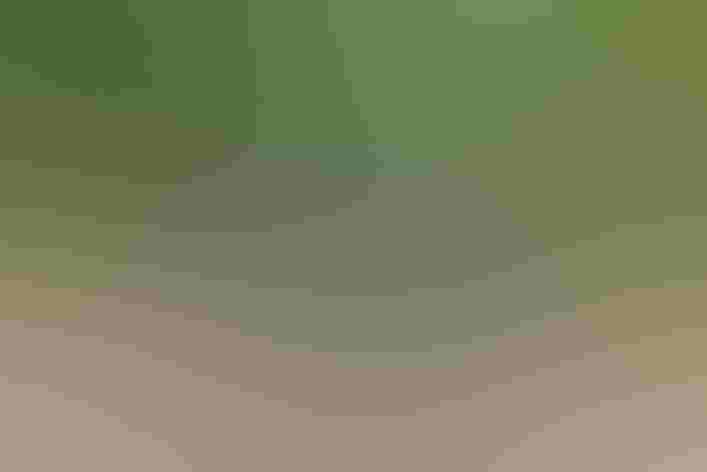Island Scrub-Jay
At a Glance
Larger, darker, and more richly colored than the Western Scrub-Jay is this very localized species. It lives only on Santa Cruz Island, a little over 20 miles long and up to five miles wide in places, one of the Channel Islands off the coast of southern California.
All bird guide text and rangemaps adapted from by Kenn Kaufman© 1996, used by permission of Houghton Mifflin Harcourt Publishing Company. All rights reserved.
Category
Perching Birds
IUCN Status
Least Concern
Habitat
Forests and Woodlands, Shrublands, Savannas, and Thickets
Region
California
Behavior
Flap/Glide, Undulating
Population
1.700
Range & Identification
Migration & Range Maps
Permanent resident, not known to stray away from Santa Cruz Island.
Description
13" (33 cm). Like California Scrub-Jay but larger and more richly colored, with a heavier bill. The only jay on the Channel Islands.
Size
About the size of a Crow, About the size of a Robin
Color
Black, Blue, Brown, Gray, White
Wing Shape
Broad, Rounded
Tail Shape
Long, Rounded, Wedge-shaped
Songs and Calls
No advertising song; vocalizations similar to those of Western Scrub-Jay, although generally louder and harsher than among mainland birds. Most common calls a harsh shek-shek-shek or rising shreeenk.
Call Pattern
Flat
Call Type
Rattle, Raucous, Trill
Habitat
Mostly oak woodland and chaparral. Its major habitats on Santa Cruz Island consist of low chaparral dominated by island scrub oak and woodlands dominated by other species of oaks. As with many kinds of island birds, however, it is adaptable, taking advantage of other habitats such as pine woods and streamside thickets.
Sign up for ÃÛèÖAPP's newsletter to learn more about birds like the Island Scrub-Jay
Behavior
Eggs
3-4, sometimes 2-5. Light bluish green, spotted faintly with olive. Incubation is by female, about 18 days.
Young
Fed by both parents. Age at first flight is not well known. 1 brood per year.
Feeding Behavior
Forages on the ground and in trees, sometimes in flocks. Often harvests acorns and buries them, to retrieve and eat them later.
Diet
Omnivorous. Diet varies with season. Eats a wide variety of insects and other arthropods. Feeds heavily on acorns, especially in fall, as well as other seeds and berries. Also eats small lizards, snakes, mice, and the eggs and young of smaller birds.
Nesting
Unlike Florida Scrub-Jay and Mexican Jay, this species breeds in isolated pairs, not in cooperative flocks. Nest site is in tree or shrub, usually an oak, typically 6-10 feet above the ground but sometimes much higher. Nest (built by both sexes) is a bulky, thick-walled cup of twigs, lined with fine rootlets and sometimes with animal hair.
Climate Vulnerability
Conservation Status
Total population has been estimated recently at about 2,300. (Previous estimates of over 12,000 probably were much too high.) The removal of feral sheep from most of Santa Cruz Island in the 1980s apparently has improved habitat quality for the jay. However, the species is still considered vulnerable because of the small size of the island.





